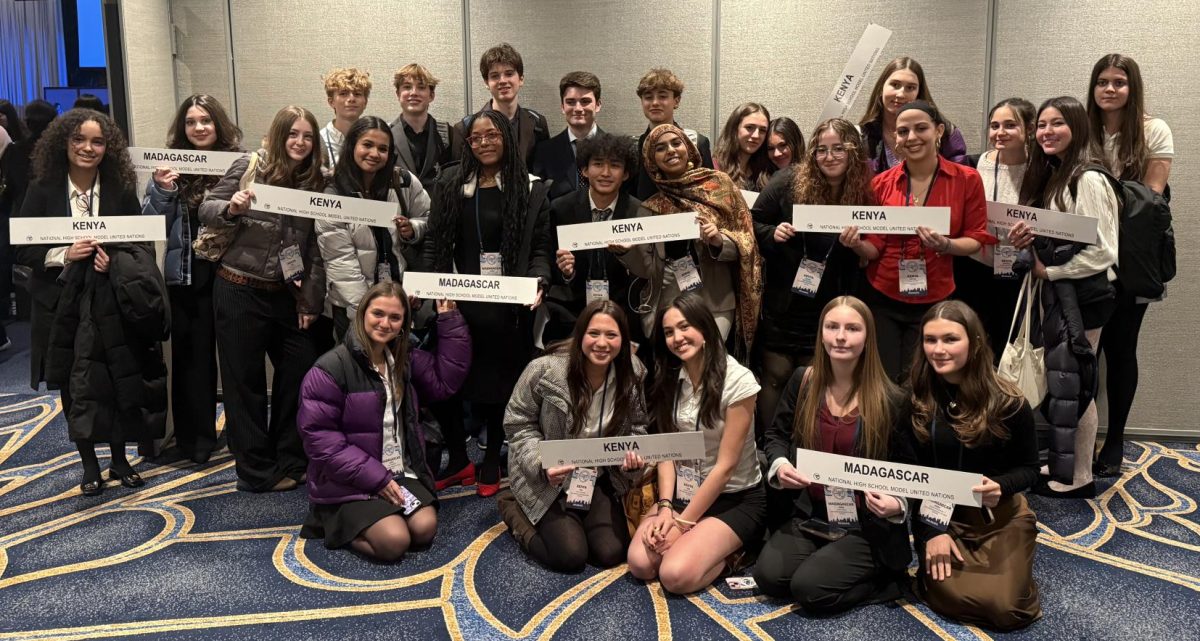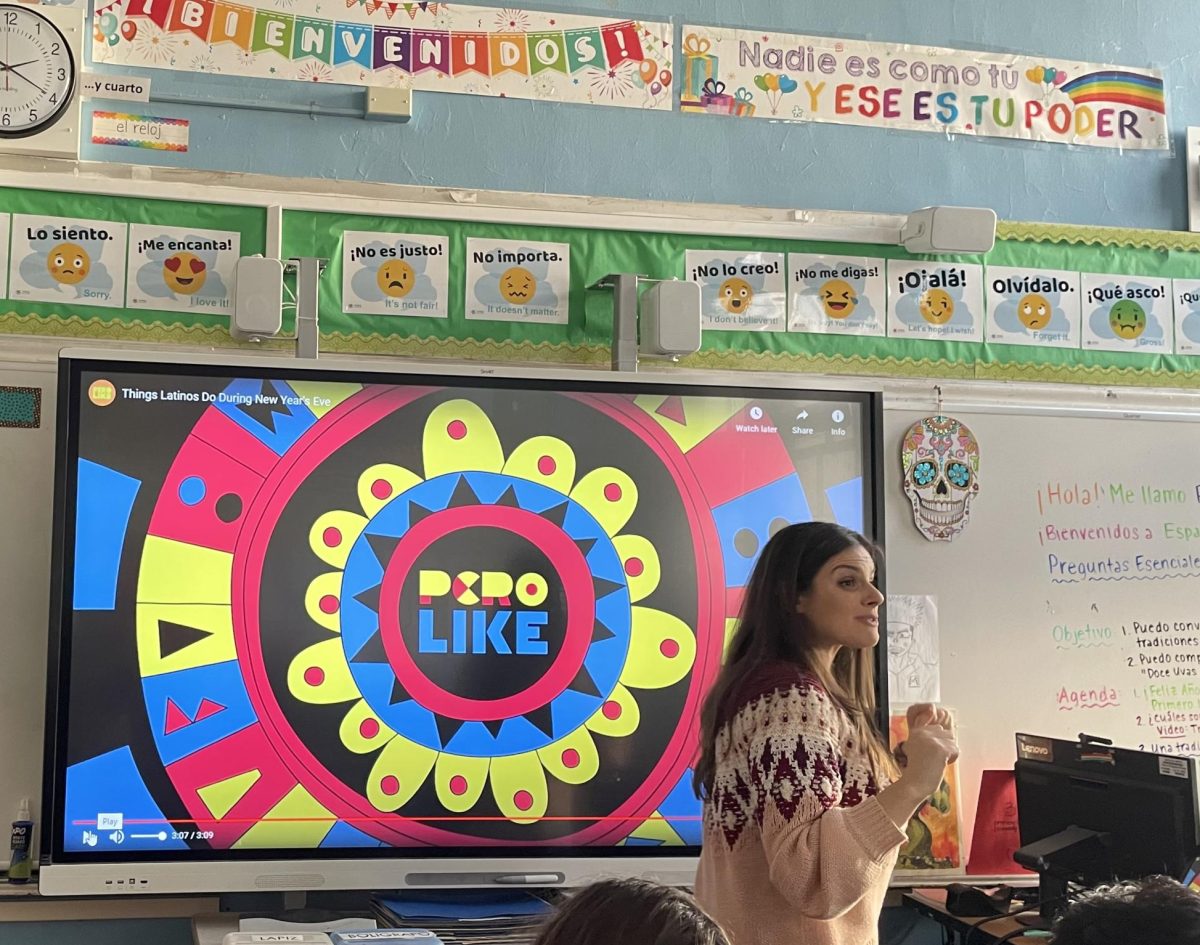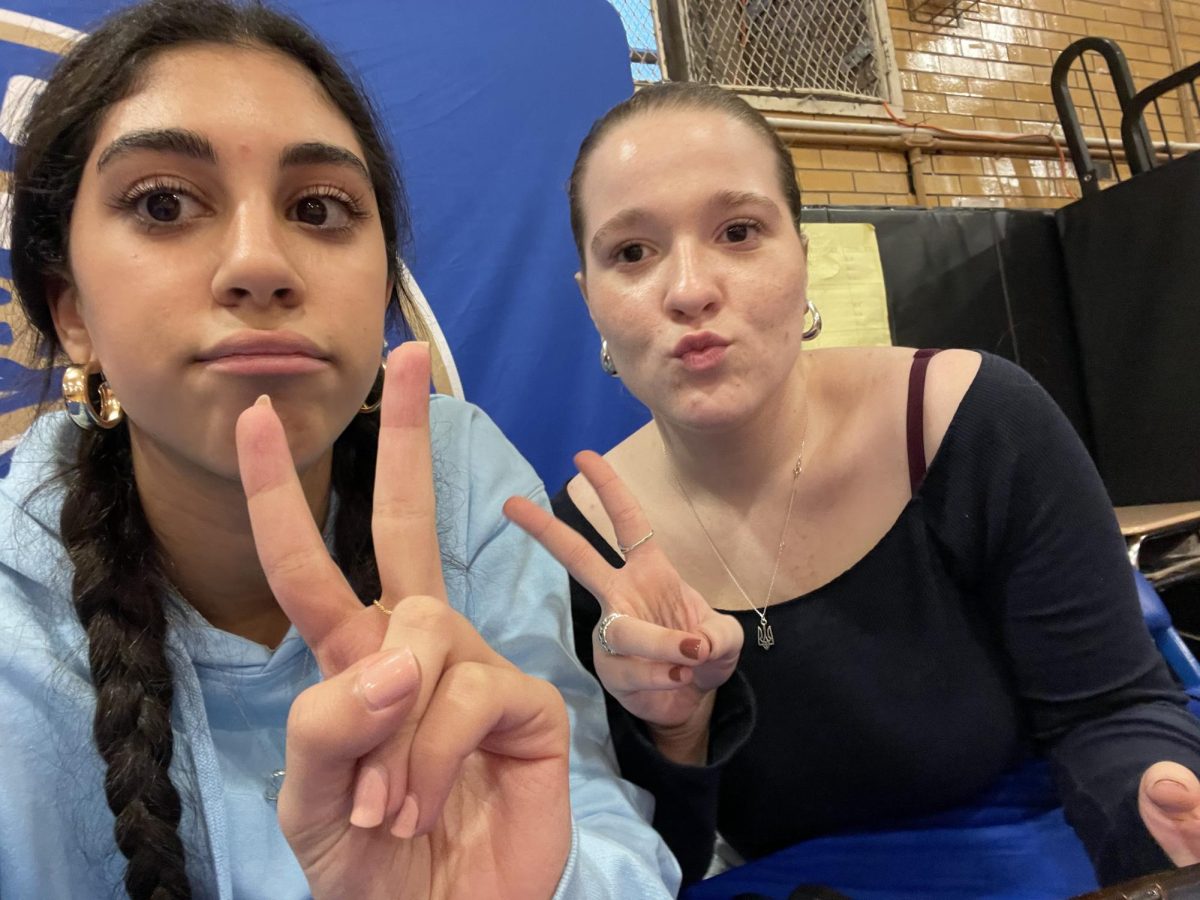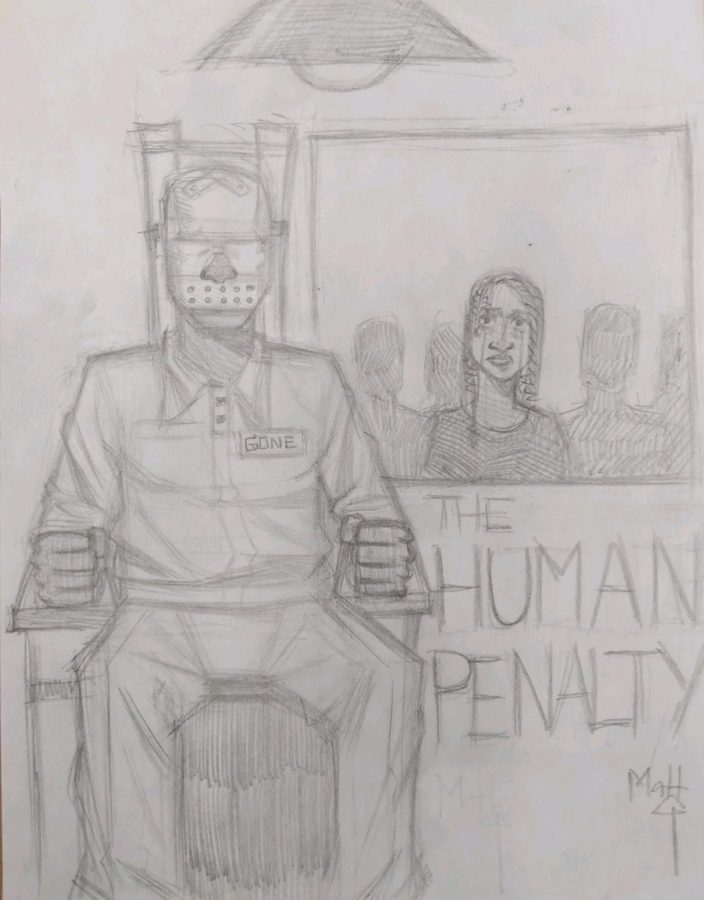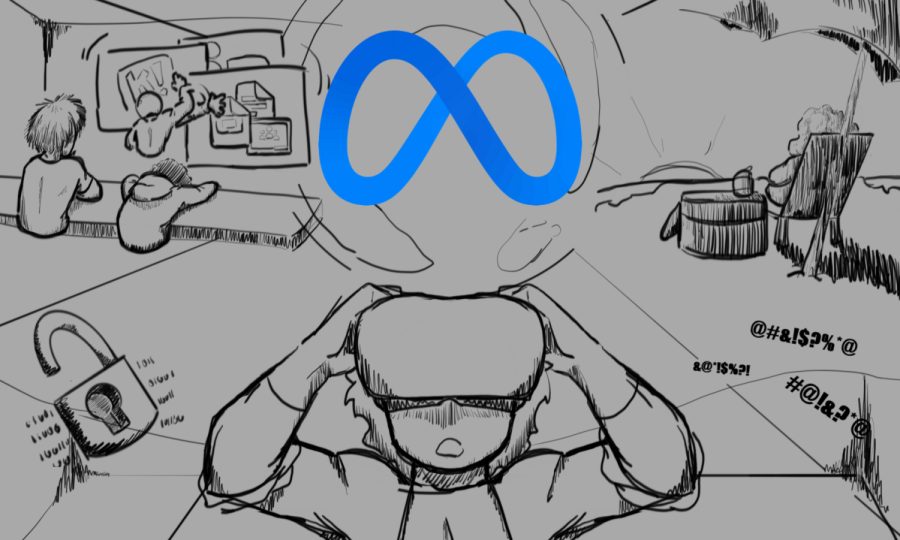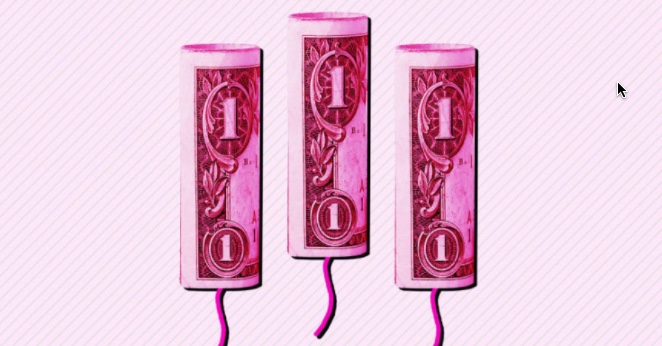The Extra Cost of Being a Women
March 1, 2017
It’s 2017 and feminine products are still being taxed. Feminine hygiene products are used during the menstrual cycle. Products include tampons, pads, diva cups and SheThinx. These necessities are being taxed in states all over the county. According to Fusion, as of 2015, only five states do not tax feminine products. That’s 5 states out of 50 states, that’s 10% of the entire country.
Feminine products are taxed as luxury items. I asked the feminism club and it’s facilitator Ms. Wentz, who teaches AP Language and Composition and AP literature, a couple of questions regarding the issue. Ms. Wentz explained that taking the tax off of tampons would be a step forward for the U.S. because it “is a symbolic gesture that acknowledges that women shouldn’t have to pay extra money for items that are a necessity not a luxury.” Millennium Brooklyn High School student Kayla Newman brought up the issue that “there are a lot of homeless women who don’t have access to pads and tampons which leads to hygiene issues.” Menstrual products alone are expensive, the tampon tax makes them less accessible to women that have a lower income or possibly no income at all.
Buying feminine products is expensive alone. Let’s take pads for example. Buying a 64 pack of pads for a $12.49, from BJ’s, will cost about 20 cents for each pad. Now this may not be a lot, but women use more than one pad for each day. Ultimately, the cost of using pads accumulates. For example, two pads are used each day for a cycle of 5 days, the total comes out to be $2. Over a year, that’s $24. This doesn’t sound like much, but for people, women, or families, who struggle to make ends meet, this price may be too high. According to womenshealth.gov, the average age a girl will get her period in the U.S. is 12 and on average will start menopause at the age of 51. Doing the calculations, that’s $936 that women have to spend in their lifetime on feminine products. The cost can vary as it depends on an individual’s cycle and the fact that this cost excludes that, according to womenshealth.gov, pads should be changed every 4 to 8 hours. The $936 also doesn’t take into consideration other items such as heat pads, pain relievers, birth control, or snacks like chocolate and ice cream. Having a menstrual cycle is expensive.
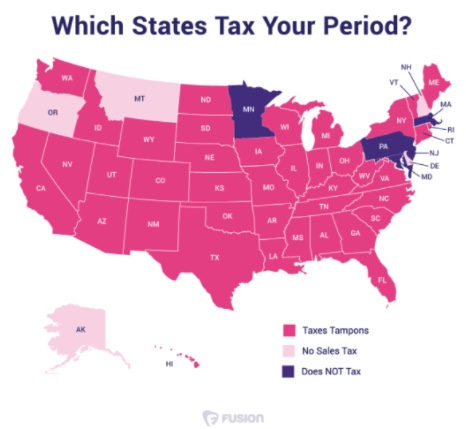
According to an MBHS senior, who preferred to remain anonymous, “the government still needs money,” and the tax provides just that. However, the government can gain money from other miscellaneous items such as heat pads and snacks that are used during the menstrual cycle. Using feminine products is costly without the tax. The government can find new methods of receiving the same amount of tax money from a different product.
The tax on tampons is a problem. Feminine products are taxed as luxury items, however the menstrual is anything except a luxury. These products are pricy necessities. It will cost an estimate of $936 for a women to purchase pads for herself alone over her lifetime. This can decrease or increase dramatically depending on the individual’s cycle. The tax on these products needs to stop. Organizations such as Free The Tampons not only aims to stop tax on menstrual products, but also provide free products in bathrooms outside of the house. Businesses, such as Boxed, have also brought attention to the issue. Using their slogan #RETHINKPINK, they have also highlighted the Pink Tax, “an upcharge on women’s products that is NOT applied to their male equivalents,” according to boxed. You can make a big change by following these organizations or contacting your local representative by calling 844-241-1141 to get in contact with them. These people represent you, and what better way of letting them know what you stand for by telling them yourself.
